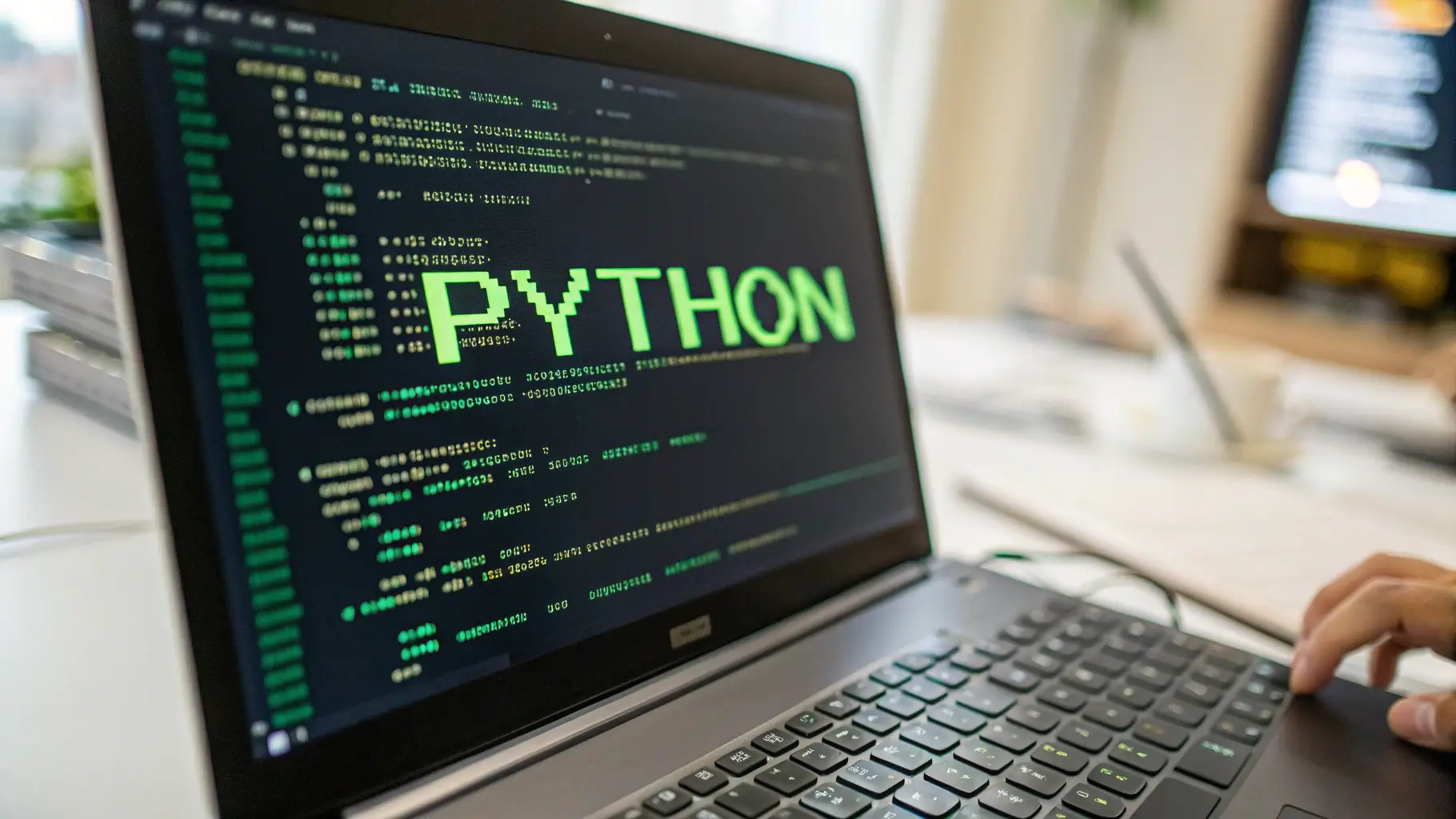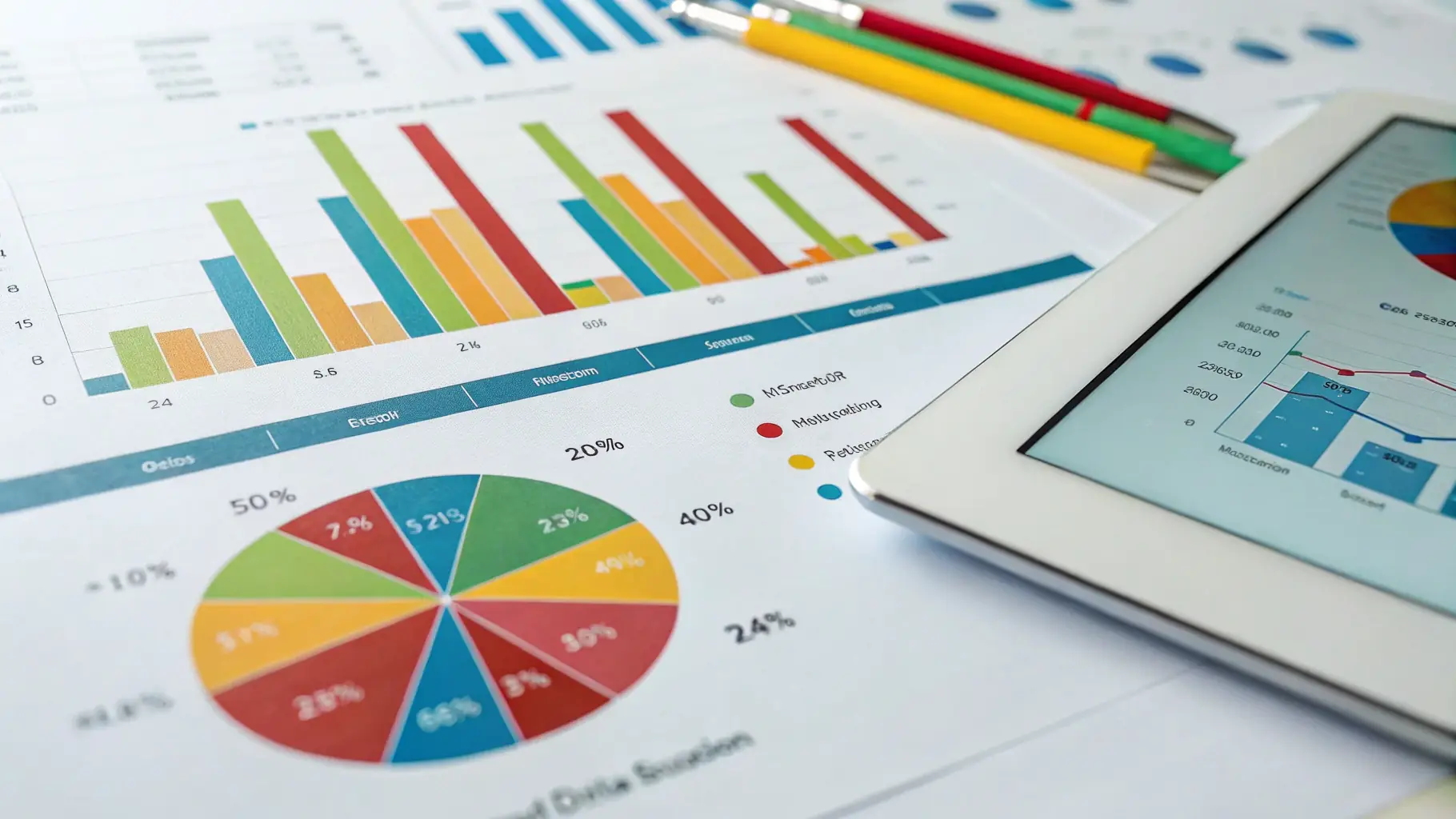Python is a versatile and widely used programming language that has become a cornerstone of data science. Its extensive libraries, such as Pandas and NumPy, provide efficient tools for data manipulation and analysis. Python’s readability and ease of use make it an excellent choice for beginners and experienced data scientists alike. Learning Python is a crucial step in developing a strong foundation in data science. Data scientists leverage Python’s libraries to perform various tasks, including data cleaning, transformation, and visualization. These tasks are essential for preparing data for analysis and extracting meaningful insights. Python’s extensive ecosystem of libraries also supports machine learning algorithms, enabling data scientists to build predictive models and solve complex problems. Mastering Python for data science involves understanding its core concepts, such as data structures, control flow, and object-oriented programming. Furthermore, it’s crucial to become proficient in using Python’s data science libraries, including Pandas, NumPy, and Matplotlib. Continuous learning and practice are essential for developing expertise in Python for data science.
Career Paths in Data Science for Canadian Professionals
Data science offers diverse career paths in Canada, catering to various interests and skill sets.



